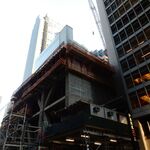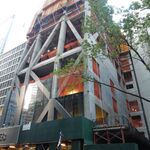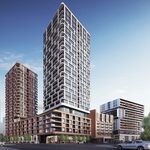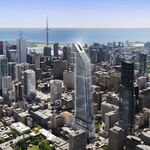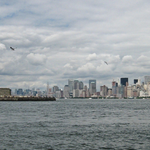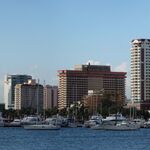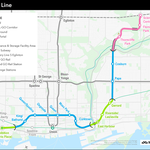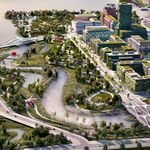In the course of our daily reporting, we often uncover unusual projects, places, or connections that don't make the final cut. Instead of keeping it to ourselves, we're pleased to share our weekly Architrivia.
It seems that not a day passes in the Canadian news cycle without another mention of real estate prices in Vancouver and Toronto, especially in the wake of new rules put in place to stem the tide of foreign investment into the overheated Vancouver housing market, so this week's Architrivia will take a look at the Vancouver Forest housing development currently on the rise in suburban Beijing. Begun more than a decade ago, the steadily growing 55-hectare housing development is a near-perfect replica of an idealized Vancouver neighbourhood, complete with concrete facsimiles of Vancouver's historic West Coast Arts and Crafts style homes, placed along tree-lined streets, with ample lots and well-manicured main streets enlivened by the presence of restaurants, shops, and cafes.
 Vancouver Forest, Beijing, image via CXT Architects Inc.
Vancouver Forest, Beijing, image via CXT Architects Inc.
Filled out with more than 900 detached luxury homes, the massive housing development project is just outside of central Beijing and a 30 minute drive from the airport. It has proven wildly popular among locals, as the $3 million CAD homes are reportedly selling overnight as each new tract reaches completion. For those familiar with the rapid rate of demolition currently underway amid the leafy enclaves of Vancouver, as hundreds of historic homes are razed each year to make way for what critics refer to as "monster homes," it is not without a fair sense of irony that the homes now being built in Beijing's Vancouver Forest are an uncanny stand-in for the Vancouver heritage homes that are falling victim to the whims of wealthy foreign investors.
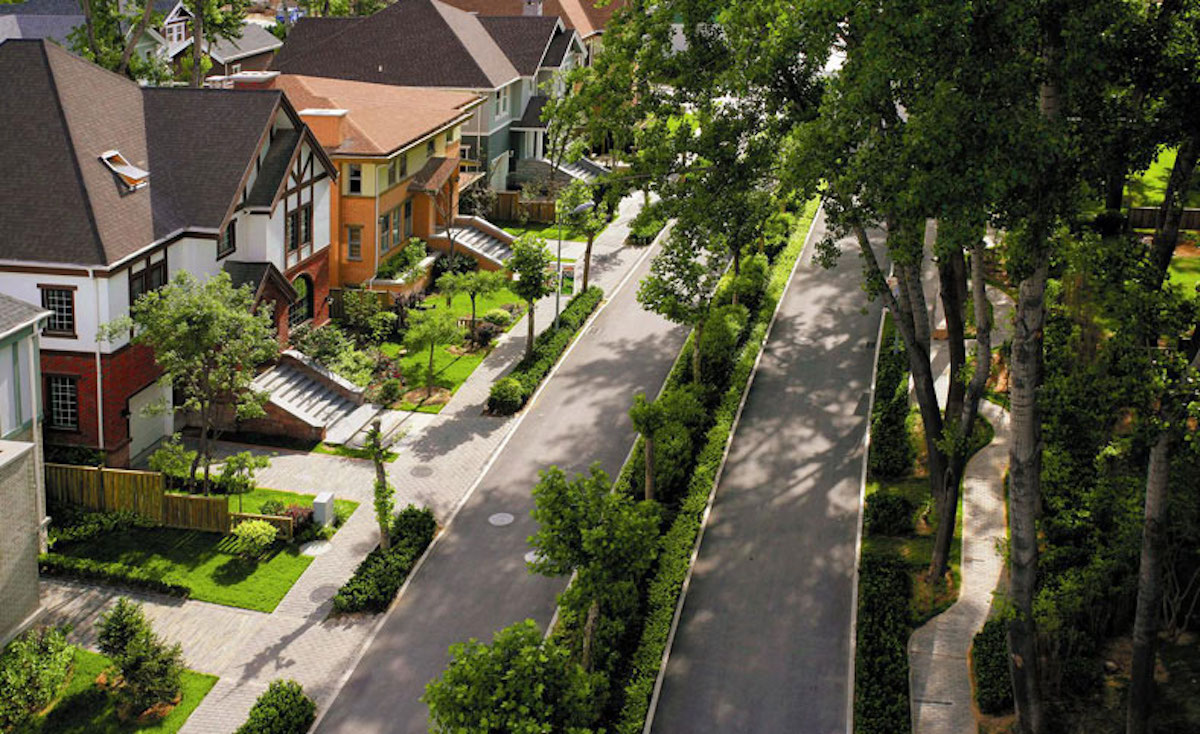 Vancouver Forest, typical streetscape view, image via CXT Architects Inc.
Vancouver Forest, typical streetscape view, image via CXT Architects Inc.
While similar in spirit to other Chinese developments that have made international headlines for their well-honed mimicry of Paris, Rome, or small-town America, the supremely contextual nature of the Vancouver Forest housing development makes this project a true standout in terms of its symbolic appeal to the lifestyle and urban character that has long been a draw to foreign investors looking to make a new life for themselves and their families in Canada.
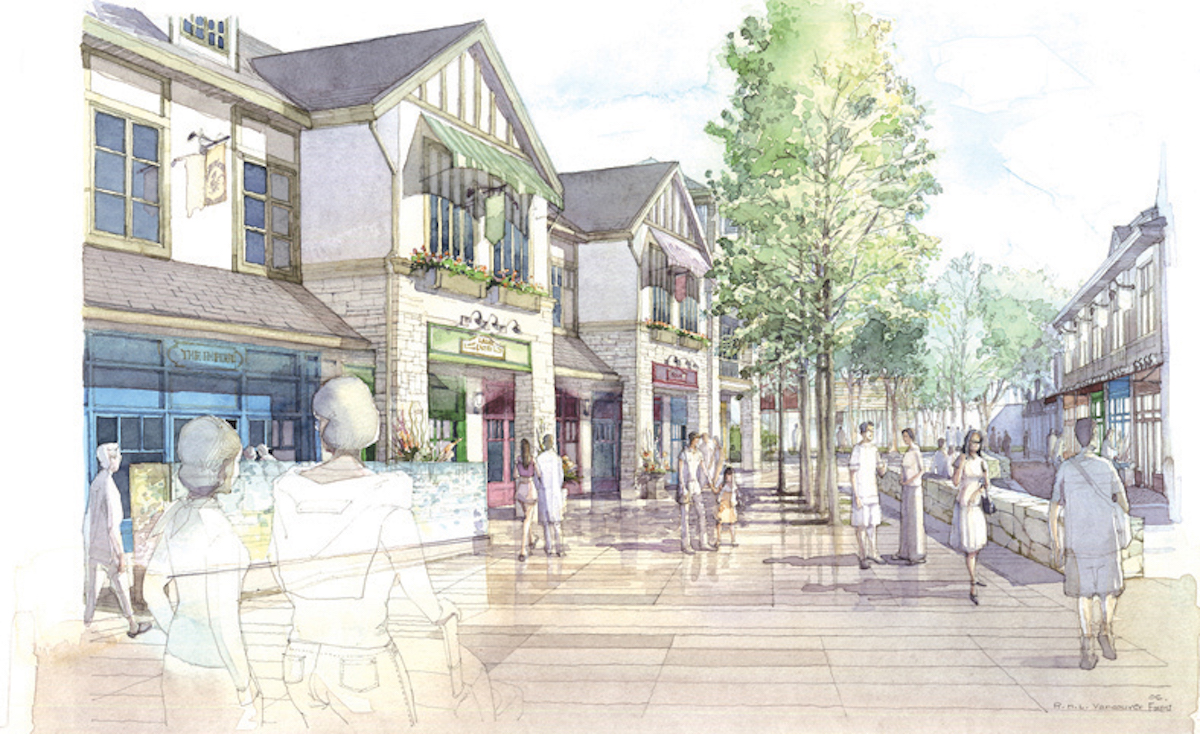 Main Street, Vancouver Forest, image via CXT Architects Inc.
Main Street, Vancouver Forest, image via CXT Architects Inc.
Whatever conclusions one draws from news of this rather unusual development, its mere existence as a living case study in urban landforms and domestic housing policy is sure to be a topic of debate among urban planners, heritage experts, and city builders for years to come. One can rest assured that it will not be the last of its type to appear in China, where the hunger for North American style living could drive the market for years to come.
Do you have building trivia to share? Join the conversation in the Architrivia Tipline thread in our Forum.

 9.3K
9.3K 
















